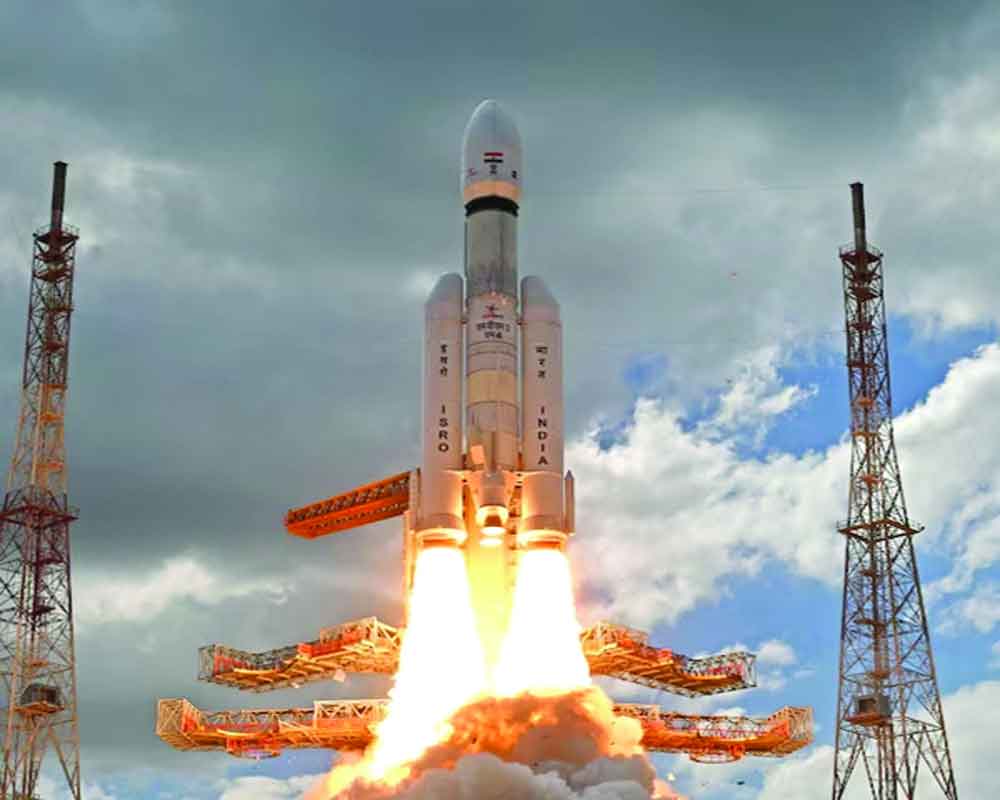The achievements of Indian scientists have become a wellspring of inspiration for the country's youth, even in the remote villages of Uttarakhand
At the onset of 2024, when the entire world was celebrating the arrival of the new year, a historic moment unfolded at the Satish Dhawan Space Centre in Andhra Pradesh. At that very moment, scientists at ISRO successfully launched the 'X-Ray Polarimeter Satellite,' making it the second in the world and the first in India to study radiation beyond the Moon, Mars, and the Sun. This satellite will be able to explore black holes, the cosmic web, and radiation spread throughout space. It will not only identify the sources of radiation and capture their images but also study the 50 most shining sources in the universe, such as pulsars, X-ray binaries with black holes, active galactic nuclei, and non-thermal supernovae.
The achievements of Indian scientists have not only enhanced India's global standing but have also become a wellspring of inspiration for the country's youth, particularly in regions where even the sight of an aeroplane in the sky is a rare occurrence. Baisani, nestled in the vast Himalayan hills of Uttarakhand’s Bageshwar district, stands as one such village, where young girls are now aspiring towards careers in space exploration. Mahima Joshi, a 19-year-old student in Class 12 from Baisani Village, expressed, "The consecutive successes of ISRO scientists have motivated me to delve into the realm of space exploration. Studying ISRO scientists revealed that they encountered failures despite their unwavering efforts. However, their resilience, ability to learn from mistakes, persistent dedication, and eventual triumph in creating history have left a lasting impact on me."
The growing interest in space science among children brings immense joy to parents. Chandra Prakash, a 52-year-old resident, emphasized that the impact of scientists' success is so significant that girls, in particular, have now begun to take a keen interest in space. Observing them explore space-related information on social media is indeed a positive development. The strides made by Indian scientists in space research have not only captivated the curiosity of adolescent boys but also girls, encouraging them to delve into the study of science.
Gopal Joshi, a septuagenarian from the village, expressed that he had never witnessed such a keen interest in science among children in the village before. Remarkably, even girls, have now set goals to study and pursue careers as scientists. The surge in enthusiasm for science is particularly heartening for schoolteachers.
Uma Shankar Joshi, a geography teacher at the Government Middle School in Baisani, noted, “While there was limited interest in space science among children before, they now pose questions that go beyond our expectations. Children are eager to participate in science-related quizzes and competitions at school. As a teacher, witnessing this fervor among children is truly gratifying. I am optimistic that the children of Baisani village will make significant progress in the field of science.”
This indeed highlights that the success of Indian scientists has inspired the children especially young girls of Baisani village towards science and technology. But several challenges mar their dreams of becoming a space scientist and the list is quite long. These girls face various challenges – a lot more than boys do. More specifically the social and cultural norms that do not allow girls to even fulfil their basic right to education. Early child marriages, preference given to sons in the family, social taboos, and poverty are some of the socio-economic factors that impact girls' lives more than boys'. The challenges of remoteness, challenging geography, and harsh weather conditions significantly contribute to their exclusion from the country's progress. The absence of fundamental infrastructure, such as roads, education, healthcare, telecommunication, and internet facilities, poses a hindrance.
The challenges faced by youth, especially young girls, in the remotest villages of a country like India in pursuing STEM (Science, Technology, Engineering and Math) fields are deeply rooted in the deficiencies of the educational system. The inadequacy of facilities in rural schools, such as the absence of advanced science laboratories and prolonged vacancies in science teaching positions, raises significant concerns. Addressing these fundamental deficiencies is crucial for unlocking the true potential of these villages.
If the government and the education department collaboratively tackle not only the visible symptoms but also the root causes, the path can be paved for the emergence of the next generation of scientists, potentially from places like Baisani village. It is essential to nurture and empower the youth, ensuring that opportunities in Science, Technology, Engineering, and Math (STEM) are accessible to all, transcending geographical and societal barriers.
(The author is a young peer leader from Uttarakhand; views are personal. Charkha Features)
























